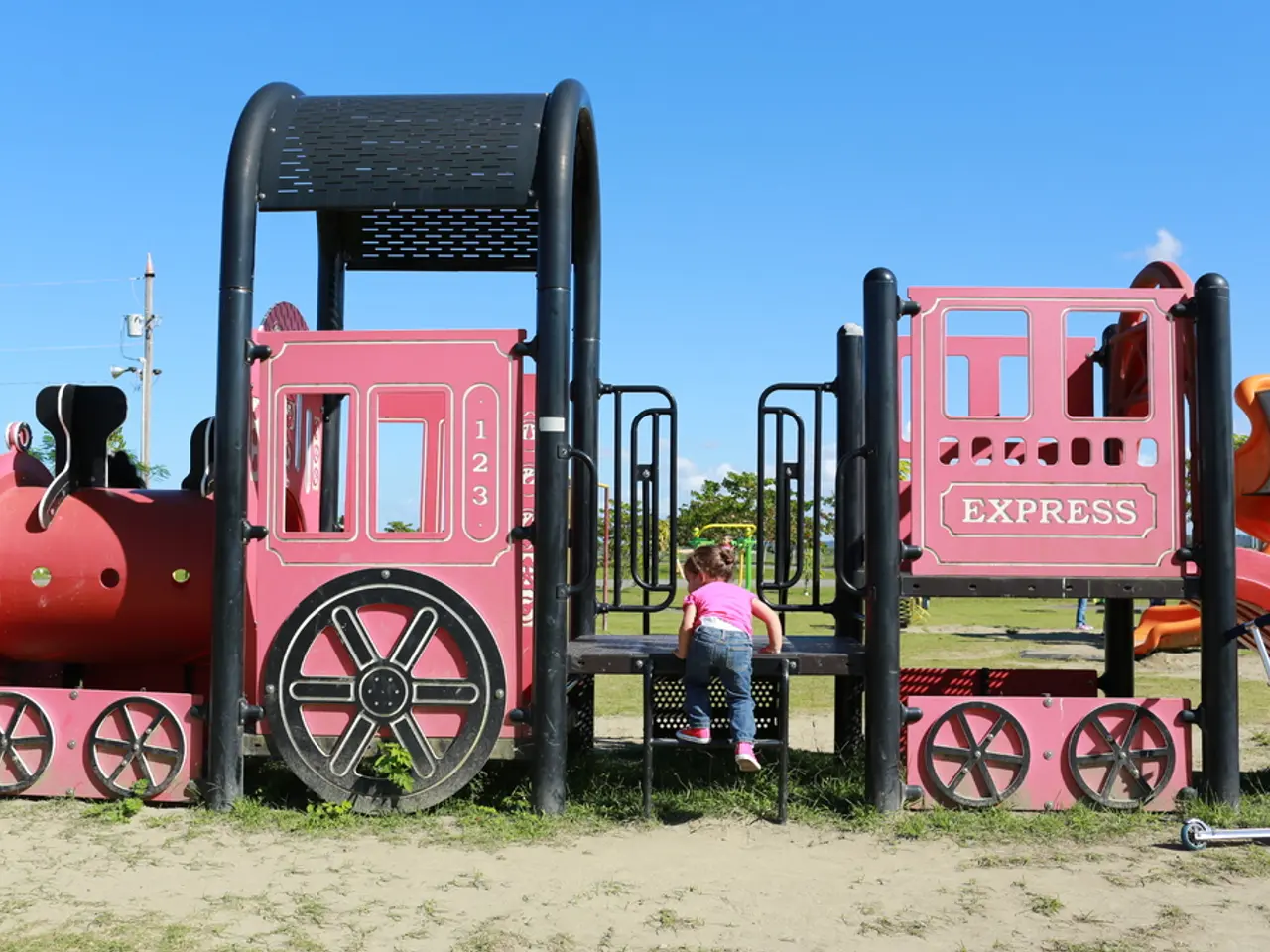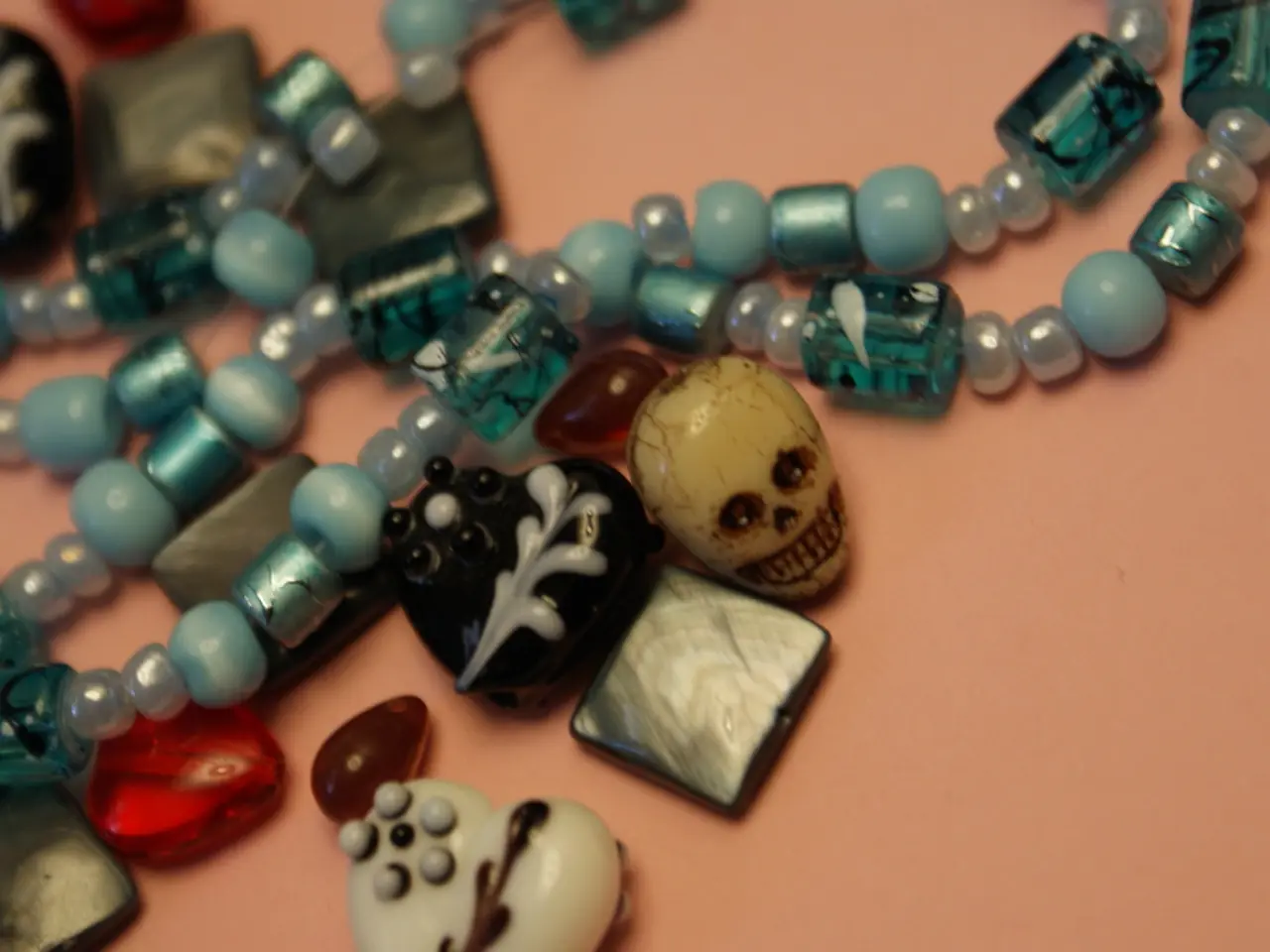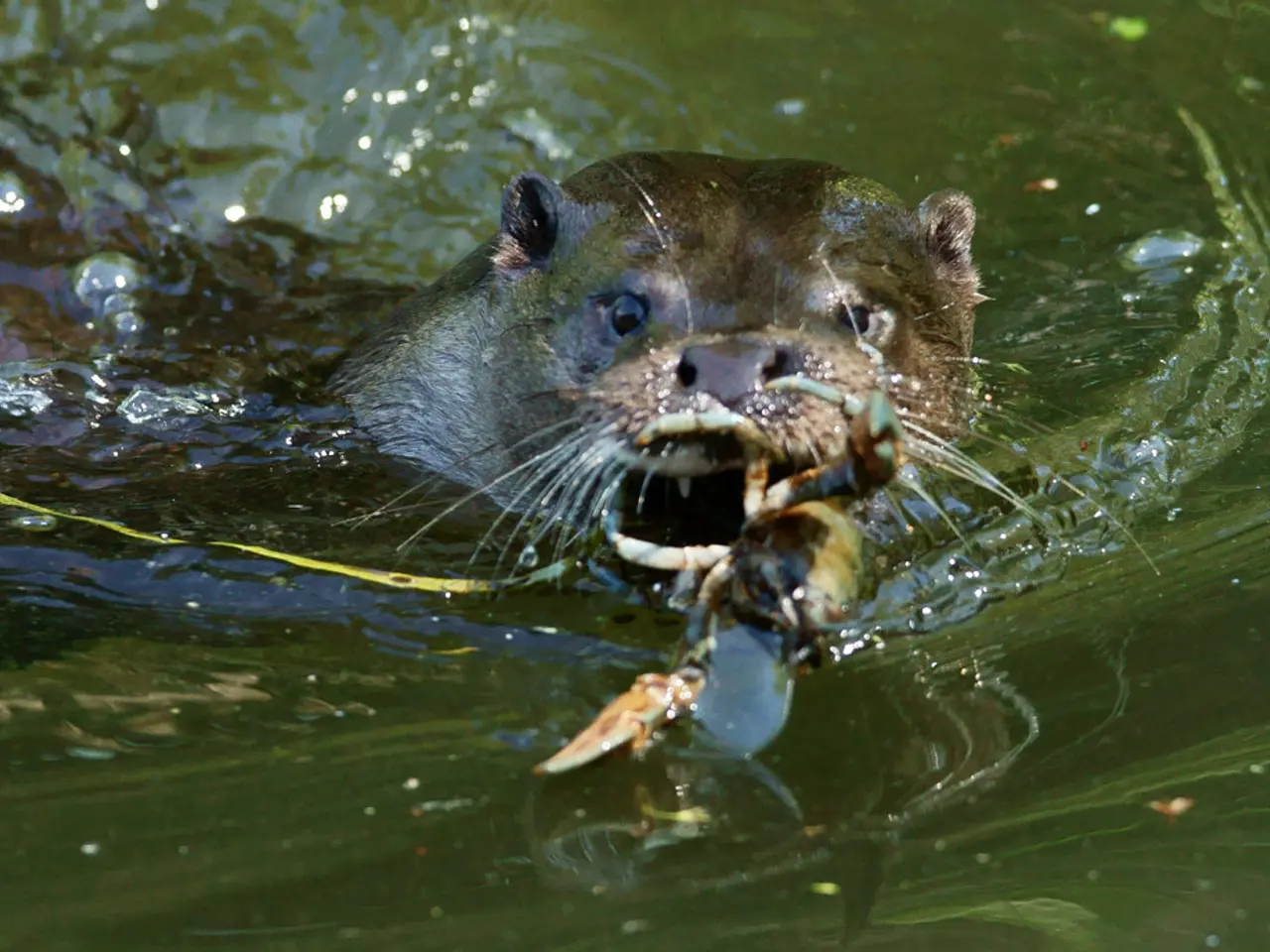Zip Line Construction Project for STEM Learning Initiative
In a fun and engaging twist to traditional backyard activities, families can now create their very own DIY garden zip line for teddies, transforming their gardens into mini amusement parks. This creative project, suitable for children of all ages and abilities, offers a hands-on approach to learning key principles of physics, engineering, and problem-solving.
To build your own teddy zip line, follow these simple steps:
1. **Choose the Location:** Select two sturdy points at a distance apart, such as trees, posts, or parts of a garden structure. The line should be slightly slanted to allow gravity to move the teddy down the zip line smoothly.
2. **Prepare the Zip Line Cable:** Use a strong string, thin rope, or wire cable as the zip line. Attach one end securely to the higher point and the other to the lower point, ensuring the tension is appropriate – too loose, and the teddy won’t slide well; too tight, and the cable might snap or be difficult to fix safely.
3. **Create the Trolley or Pulley System:** For the teddy to slide smoothly, use a small pulley or a makeshift trolley. Bottle caps with holes, small wheel bearings, or a simple loop of wire can serve as the pulley. Secure the teddy to the trolley using string or a small harness, ensuring it’s balanced and won’t fall off during the ride.
4. **Launch Platform (Optional):** Build a small cardboard or wood platform for launching the teddy. This helps give a smooth start and can be part of the STEM challenge creativity.
5. **Test and Adjust:** Run tests to adjust the slope, the tension of the cable, and the trolley’s ease of movement until the teddy glides properly.
The variables that can be experimented with during this STEM challenge include the length of the zip line, slope/angle of the line, cable tension, weight of the teddy, type of pulley/trolley, material of the cable, height difference between start and end points, and launch mechanism. Children can investigate how changing these variables affects the teddy’s speed, travel time, and the smoothness of the ride.
This activity not only provides a fun and interactive way for children to learn about physics, engineering, and problem-solving but also encourages them to think creatively and develop their experimental skills. The 7-year-old in our test group even took on the role of a scientist, timing the descent and finding the fastest combination of zip line, harness, and incline.
With a little imagination and creativity, the possibilities are endless. Children can create multiple zip lines in a row for racing, or even design a rocket zip line for another fun friction experiment. The zip line is suitable for both outdoor and indoor use, making it a versatile addition to any play area.
So, gather your teddies, string, and other materials, and embark on this exciting DIY project. Not only will you create a memorable backyard activity, but you'll also be fostering a love for STEM learning in your little ones. Happy building!
Children can experiment with various factors, such as zip line length, cable tension, teddy weight, and launch mechanism, to learn about physics and engineering principles during this DIY garden zip line activity. This hands-on project encourages kids to think creatively, develop their problem-solving skills, and delve deeper into STEM learning. For example, a child might investigate how altering the zip line's angle or harness material affects the teddy's speed and ride smoothness.
This activity transforms the backyard into a mini amusement park, fostering a love for learning while allowing kids to engage in stimulating play. With proper supervision, children can design races, rocket zip lines, or intricate patterns with multiple zip lines, fueling their creativity and curiosity in science, technology, engineering, and mathematics (STEM).
Moreover, this project can be adapted for indoor settings as well, offering parents and kids a unique opportunity to bond over a fun and educational activity. By combining learning with play, this zip line project creates amazing memories and instills a lifelong appreciation for STEM and innovation. So, get ready to turn your home-and-garden, lifestyle, or play area into an engineering playground, complete with gadgets, artificial intelligence, and a touch of artistry!




